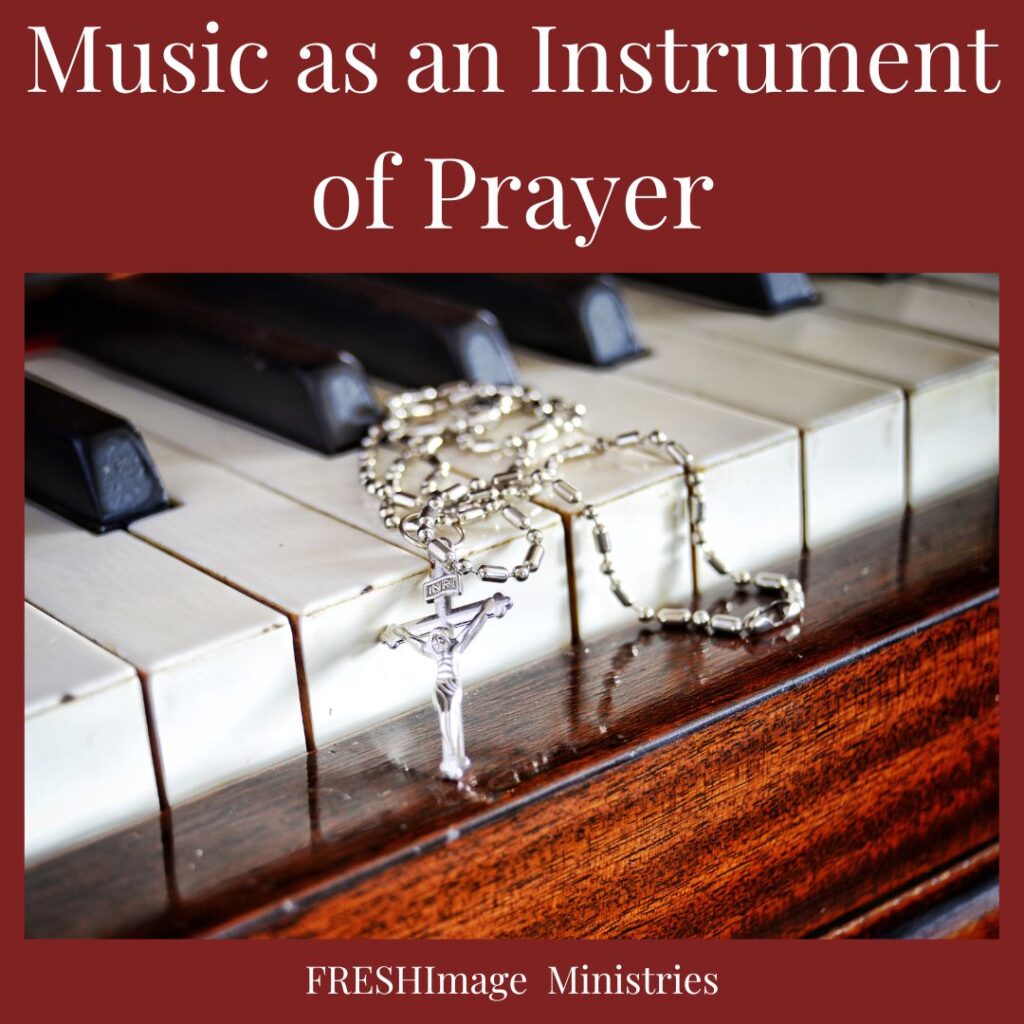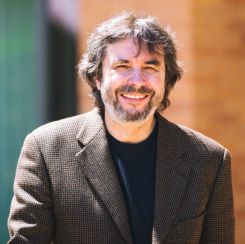
Personal prayer, alongside active participation in the Eucharistic liturgy, stands as an indispensable tool for cultivating and nurturing our relationship with God in daily life. However, delving into a state of profound and authentic prayer poses its challenges. Where can we find guidance? Pope John Paul II offers a valuable insight. During his General Audience on February 26, 2003, the late Pontif said, “one must pray to God not only with theologically precise formulas, but also in a beautiful and dignified way. For this reason the Christian community must make an examination of conscience so that the beauty of music and song will return increasingly to the liturgy.”
For some individuals, music serves as a potent catalyst for ushering them into the realm of prayer. Pope Benedict XVI, echoing this sentiment, asserts that “music is capable of opening our minds and hearts to the dimension of the spirit, leading individuals to lift their gaze towards the transcendent, embracing absolute goodness and beauty rooted in God” (Address, 4-29-10). It is difficult to dispute that music, for better or worse, profoundly influences our experiences, particularly shaping our engagement with the liturgy.
Doctrinally, the Church upholds vocal music as the primary form of sacred music, tracing its origins back to the early days of Christianity when its original function was delivering scriptural text. Throughout its historical evolution, sacred music has developed other features that while communicating the message of the sacred text, exposes the listener to an additional layer of spiritual meaning and experience.
One such historical development is found in the realm of instrumental music. Heinrich Heine, a revered German romantic poet, aptly noted, “Where words leave off, music begins,” acknowledging the profound ability of music to illuminate and add new dimensions to text. This recognition coincided with the era when instrumental music had achieved full autonomy, existing independently, and possessing intrinsic merits. The emergence of instrumental music demonstrates how the historical journey of sacred music unfolds as a dynamic interplay between tradition and innovation, basing itself in sacred texts while allowing the expressive power of music to enhance and enrich the spiritual experience.
Instrumentally, the violin played a prominent role in this direction of musical development. Worthy of note along these lines are the captivating compositions by Italian Baroque masters, Arcangelo Corelli and Isabella Leonarda. The prominence of the violin in the world of music owes much to Arcangelo Corelli, who, in the latter half of the 17th century, elevated the instrument’s status. Corelli’s multifaceted role as a violinist, composer, orchestral conductor, and influential teacher left an indelible mark on European cultural centers, with his techniques and compositional style propagated by students such as Vivaldi and Geminiani.
For her part, Isabella Leonarda holds the distinction of being the first woman to publish violin sonatas. Born into an influential family in the Lombardian city of Novara in 1620, she entered an Ursuline college at 16 and later joined the order, spending the remainder of her life in the local Ursuline convent. Although she began composing more regularly after the age of 50, Leonarda became one of the most prolific composers of her time. Esteemed composer and theorist Sebastien de Brossard remarked on her works, expressing deep admiration for their beauty, grace, brilliance, and profound wisdom.
Over the course of time, many forms of instrumental music found their way out of traditional sacred spaces. However, a select few persisted in serving the Church. A distinct genre, the “sonata da Chiesa” or church sonata, emerged with the explicit purpose of contributing to the sanctity of the church environment. Notably, in the Romantic era, a plethora of instrumental miniatures bore the title “prayer” or incorporated the word into their titles.
Music, in its transformative capacity, has the ability to amplify and expand upon the primary message of a sacred text without compromising its essence. Consequently, Sacred music is an oratory vehicle, if you will, expressing a meaning beyond words as the creature gives itself over to contemplation of what its loving God has revealed. In this sense, music itself is instrumental, serving as a tool for facilitating our communication with God, uncovering what has been revealed even as it elevates the mind and heart to the God Whom we yearn for at our very core.

Andrzej Zahorski is Director of Music at St. Anselm Parish in St. Louis, MO. He holds a doctorate of musical arts from Stanford University.